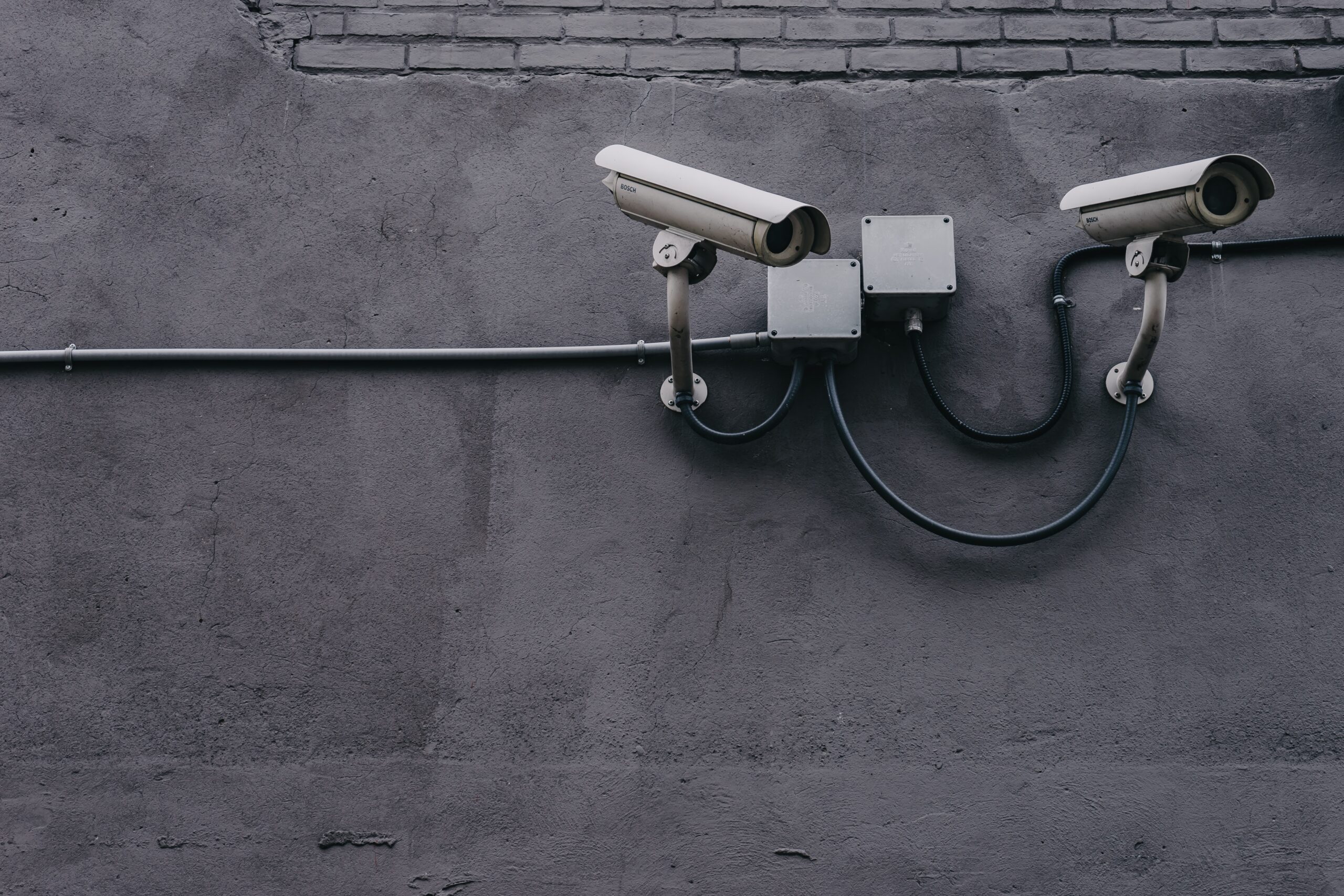In today’s digital landscape, microservices architecture has become increasingly popular due to its scalability, flexibility, and ability to enable rapid development and deployment of applications. However, with the benefits of microservices also come new security challenges that need to be addressed to ensure the protection of sensitive data and the overall integrity of the distributed system.
Understanding the Security Risks
When adopting a microservices architecture, it’s essential to recognize the potential security risks that may arise. One of the main challenges is the increased attack surface area, as each microservice represents a potential entry point for malicious actors. Additionally, the distributed nature of the system introduces complexities in managing authentication, authorization, and data protection.
Another concern is the potential for data breaches and data leakage between microservices. As the system relies on communication between various services, it’s crucial to implement secure communication channels to prevent unauthorized access to sensitive information.
Implementing Microservices Security Best Practices
To safeguard your distributed system, it’s important to follow industry best practices for microservices security. Here are some key measures to consider:
1. Authentication and Authorization
Implement a robust authentication and authorization mechanism to ensure that only authorized users and services can access the microservices. This can be achieved through the use of secure tokens, such as JSON Web Tokens (JWT), and role-based access control (RBAC) to manage permissions.
2. Secure Communication
Encrypt the communication channels between microservices using protocols like HTTPS or Transport Layer Security (TLS) to protect sensitive data from interception or tampering. Additionally, consider implementing mutual authentication to verify the identity of both the client and the server.
3. Input Validation and Sanitization
Validate and sanitize all user inputs to prevent common web vulnerabilities such as cross-site scripting (XSS) and SQL injection attacks. Implement input validation at each microservice boundary to ensure that only valid and safe data is processed.
4. Secure Storage
Ensure that sensitive data, such as user credentials or access tokens, are securely stored using industry-standard encryption algorithms. Use secure key management practices to protect encryption keys and regularly rotate them to minimize the impact of a potential breach.
5. Monitoring and Logging
Implement comprehensive monitoring and logging capabilities to detect and respond to security incidents promptly. Monitor system logs, network traffic, and user activities to identify any suspicious behavior or unauthorized access attempts.
6. Regular Security Assessments
Perform regular security assessments and penetration testing to identify vulnerabilities and weaknesses in your microservices architecture. This will help you proactively address any potential security issues before they can be exploited by malicious actors.
Conclusion
As microservices architecture continues to gain popularity, it’s crucial to prioritize security to protect your distributed system from potential threats. By following best practices such as implementing strong authentication and authorization mechanisms, securing communication channels, and regularly assessing your system’s security, you can ensure the integrity and confidentiality of your microservices-based applications.
Remember, security is an ongoing process, and it’s essential to stay updated with the latest security practices and technologies to effectively safeguard your microservices architecture.





